What Are NFTs and How Do They Work
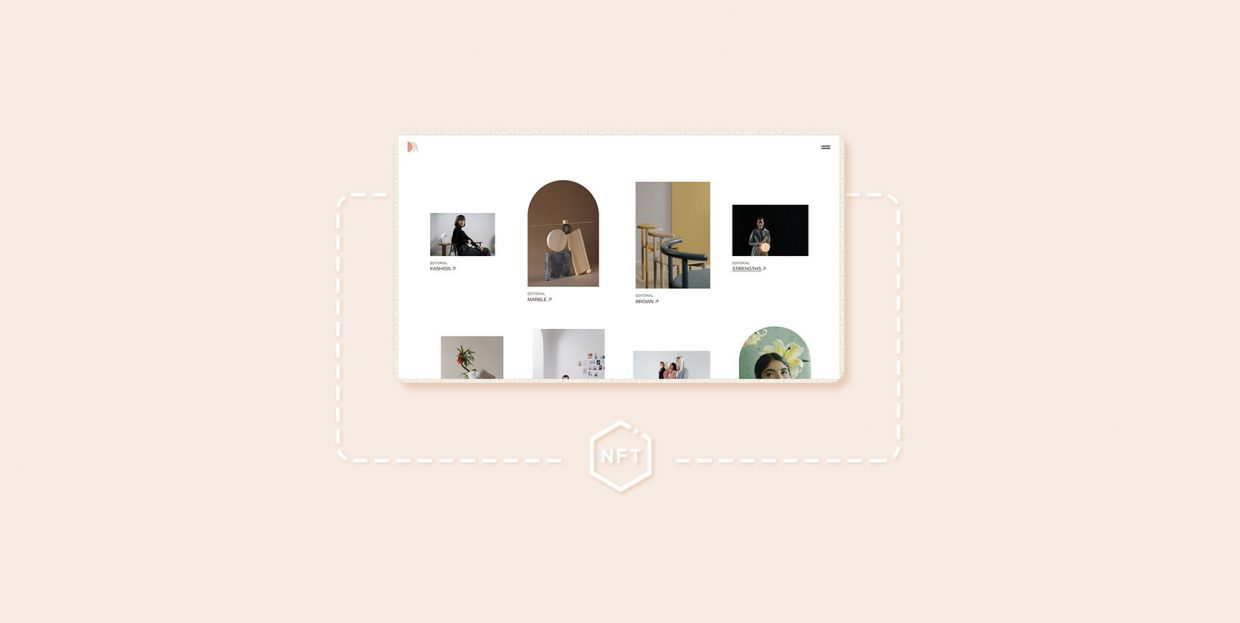
The world of cryptocurrencies, smart contracts, and all the other things that exist on the blockchain never fails to amaze. It might be because of the mystery surrounding it. Fans of the blockchain like to proselytize how it will help us do things in new and better ways, creating significant buzz. And the sheer amount of money that’s invested into the cryptocurrency space certainly doesn’t hurt.
For one reason or another, the interest in all things relating to the blockchain is increasing. But just as you decide to finally start accepting Bitcoin in your online store, for example, you’ll hear about some new exciting thing people are doing with the blockchain. In 2021, that thing is called an NFT. If you want to learn what an NFT is, how it works, and why you should care, you’re in the right place.
In this article, we’ll explain:
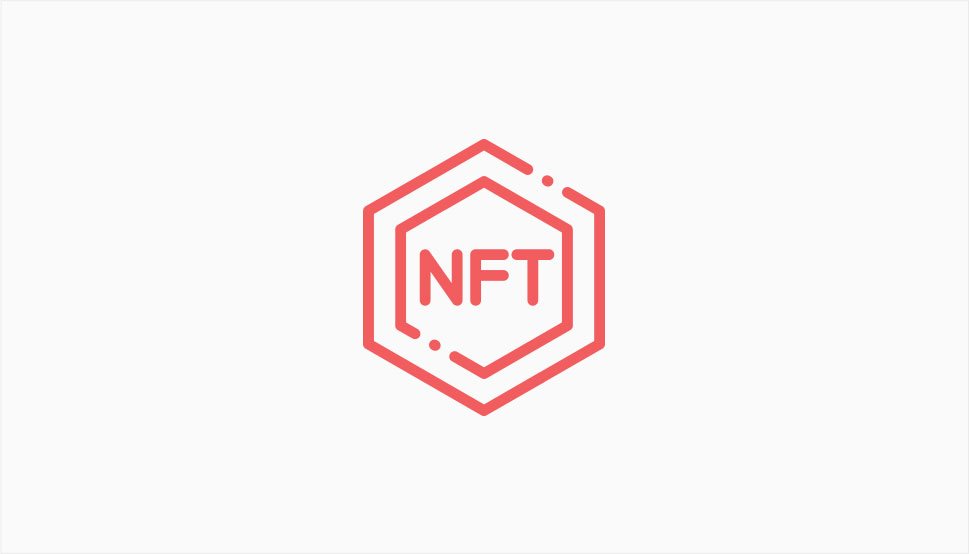
NFT is short for non-fungible token, and it’s a term that’s increasingly used when discussing the sales of digital assets. To fully explain what NFTs are, however, it’s best to start with deconstructing the term and explain what fungibility means, how non-fungibility works, and what a token is. Let’s start with the last one.
What Is a Token?
If you’ve ever been to a music festival, chances are you’ve purchased things like drinks and merch using festival tokens – a type of currency that you buy for real money, and that you can only use during that festival. In this case, a festival token is a representation of the money you paid for them.
That’s something tokens do a lot – stand in for something else or provide a tangible representation of something different. Cryptocurrency coins are tokens, and they represent assets or utilities – depending on the coin in question – that reside on the blockchain.
In the context of understanding what NFTs are, it would be safe to say that a token is a representation of some kind of information that is written in the blockchain. A blockchain, for those who might be wondering, is a type of distributed ledger in which information (about transactions, ownership, etc.) is written down. Every blockchain is shared between multiple nodes (computers) instead of kept in a single centralized location. Whenever a change needs to be made on the blockchain, all the nodes in the network (or at least a significant amount of them) have to confirm the validity of the new information before it can be added as a new block to the chain of previous changes. This means that no single person or group can modify the data, which, among other things, almost completely eradicates the possibility of fraud.
What Is Fungibility?
Fungibility is the property you probably know and understand as exchangeability. If you have something fungible, you can exchange it for other things, and it won’t lose any of its value or any other of its properties.
Money is fungible – you can exchange a $100 bill for another $100 bill without losing anything in the process. You can exchange it for a hundred $1 bills, and you’d still have the same amount of money with the same value.
In the sense that we need it to explain NFTs, it would be useful to think of fungibility as kind of an opposite to uniqueness. And to bring the term “token” into play, you can say that Bitcoin is a fungible token – you can exchange one token for another, you can separate it into smaller chunks, but you’d still end up with the same thing in the end – while the amount of tokens you own might change, their value won’t.
What’s a Non-Fungible Item?
A non-fungible item is an item that can’t be switched, replaced, or exchanged in such a way. Your house is pretty unique and trading it for another of the same thing – a house – would not leave you with the same thing you started with. Also, you can’t simply chop it up into separate rooms and believe you still own a house.
Unique items are non-fungible. They might be one-of-a-kind collectibles, things that are not like anything else in the world. Think about a rare baseball card, the last of its kind. There’s nothing you can do with it, exchange it in any way, and still be left with the same thing you started with.
So an NFT Is…
A non-fungible token is a token that’s not interchangeable with any other token. It’s a one-of-a-kind piece of information written into the blockchain, and it can’t be further divided or traded for something that’s the same. An NFT is a digital representation of something unique, stored on the blockchain.
The Blockchain is also what underpins cryptocurrencies, but NFTs and crypto coins are very different. While there might be different crypto coins that let you do different things, even the crypto coins that use the same blockchain as an NFT – and NFTs mostly use the Ethereum blockchain – are very different from a non-fungible token. Both cryptocurrencies and NFTs rely on the blockchain’s distributed ledger to keep and verify information. It just so happens that, with NFTs, that information is unique.
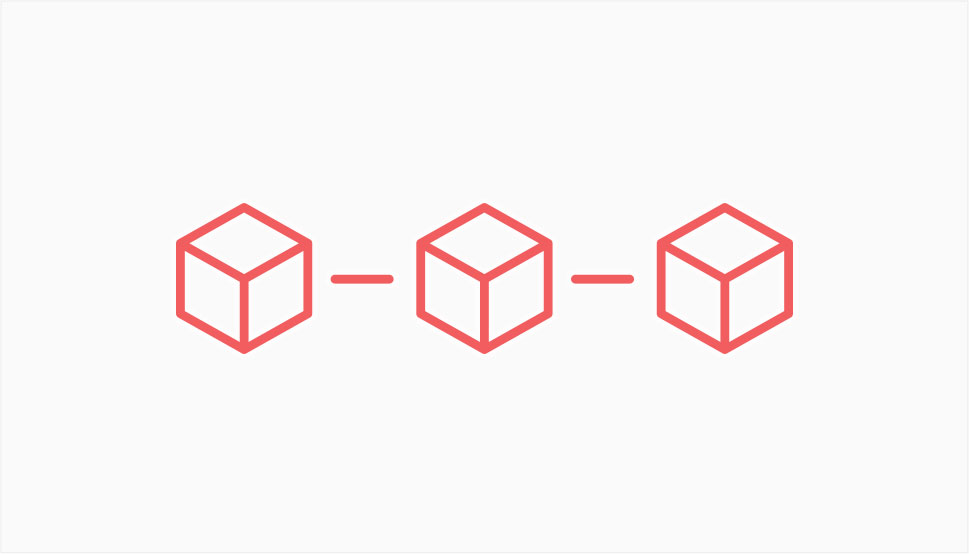
It’s important to note that non-fungible tokens aren’t new. The proto-NFT will turn ten years old soon – it was built on the Bitcoin blockchain, with the basic idea of using the blockchain to store information about assets such as collectibles, company shares, or coupons.
Today, NFTs are mostly created on Ethereum, the same blockchain that’s used for the Ether cryptocurrency. The use case for NFTs would go something like this: let’s say you’re the creator of something fairly popular, a piece of digital artwork that’s managed to enter the culture and is recognizable. Millions of people have seen your artwork, and it’s likely been reproduced whether you wanted it reproduced or not. It’s probably impossible to keep a piece of digital art to a single copy. But that’s the thing – thanks to NFTs, you don’t have to.
With an NFT, you can enter certain information about your artwork in the blockchain and sell it as a non-fungible token. Keep in mind, however, that the information you write in the blockchain will not include the actual artwork. The information that goes in there is coded metadata about your artwork – its name, a description, and a link to a server that hosts the original artwork file. Even though an NFT won’t contain the actual file, it still serves as proof of ownership, a document that confirms that file is yours.
NFTs also let you set a percentage you can get as royalty on any later sale – remember, once you sell an NFT, the person who has it can sell it to someone else. And because the transactions are written on the blockchain, every seller and buyer are verifiable – or at least the addresses of their digital wallets are. It’s always possible to check who the original seller – the artist – was.
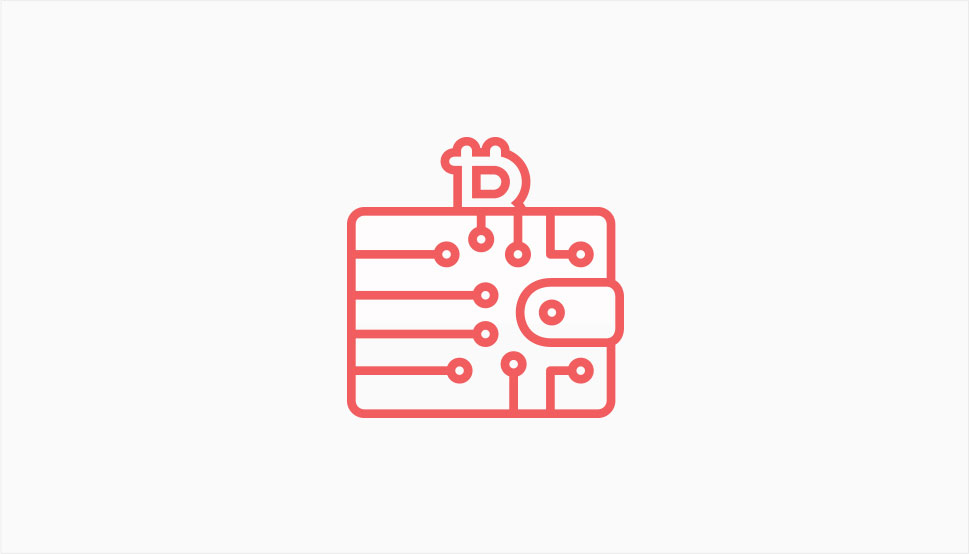
The process of creating an NFT is called “minting.” To mint an NFT, you’ll need a couple of things. First, you’ll need the digital artwork or content for which you want to create an NFT. The types of files you can mint an NFT for include images, audio, video, and 3D models, so any artwork you can represent in one of these mediums will work.
Next, you’ll need a crypto wallet. There are all sorts of crypto wallets you can use. Because Ethereum is the most popular blockchain for NFTs, you might consider getting a wallet that works with it. Nothing’s stopping you from experimenting with another blockchain, just make sure that you have a wallet to go with it.
Your wallet allows you access to the blockchain where your NFT will be once you mint it, and its address will be listed in the original sale. Before you get to that, you’ll need some currency in that wallet – the type of coin that’s used by the marketplace where you’ll do the minting. So if you’re minting on the Ethereum blockchain, you’ll need Ether as “gas” to power the process. How much of this gas you’ll need depends on how busy and congested the blockchain is at the moment – minting isn’t the only operation that’s happening on the blockchain, and they all contribute to higher gas fees.
Finally, you’ll need a place that offers a minting service, and those are usually marketplaces. Technically, though, minting isn’t the only thing a marketplace does for you. It will store your artwork on its server – remember, the NFT doesn’t contain the actual artwork, it just points to an address where it’s stored. Marketplaces are also great because they attract people looking to buy art. Still, if you want to create a store where you can mint NFTs and sell them, you can. You’ll be in charge of attracting buyers, too, so keep that in mind before committing to building it.
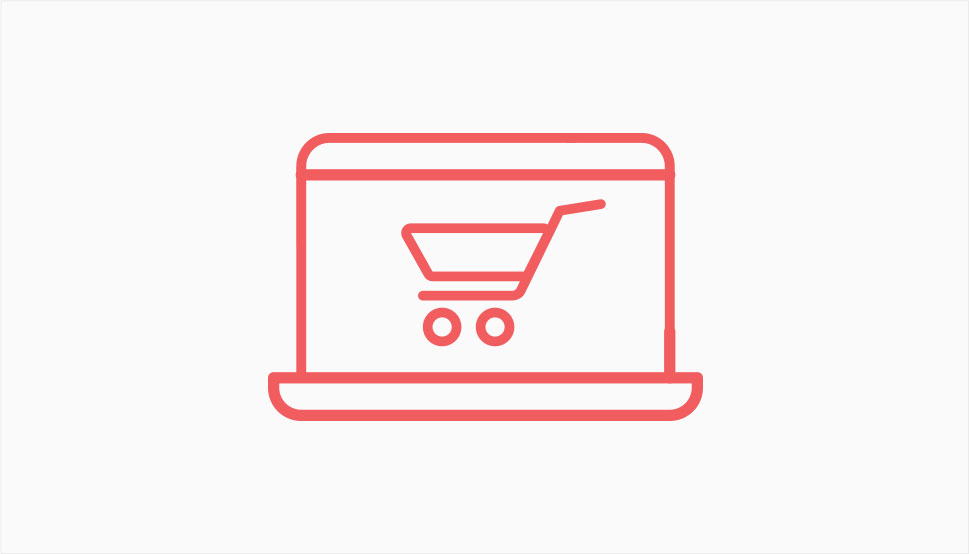
After you’ve created an NFT, you can put it up for sale on a marketplace. And then you can bask in some weirdness and misnaming that comes with the territory if you’re into NFTs. So let’s start with the marketplaces, and what people might sell on them.
NFTs might look like they’re made for art, but in reality, it is possible to mint NFTs for other digital assets. For example, Twitter’s CEO, Jack Dorsey, used a platform called Valuables by Cent that lets people mint and sell NFTs for tweets or buy those NFTs from people like Jack Dorsey or Elon Musk. Both have sold tweets for seven-figure sums if you trust the headlines.
And you shouldn’t, because there seems to be a lot of misnaming things when it comes to NFTs. Buying an NFT doesn’t buy you the copyright for the digital asset linked to it. Dorsey’s tweet is still where he left it before minting an NFT for it – it’s hosted on Twitter. The tweet wasn’t turned into an NFT and sold in that form – instead a unique token for a rare and some would say significant digital asset was created and sold.
At the time of writing this article, the record holder for the most expensive NFT ever sold is an NFT for a piece of digital artwork titled EVERYDAYS: The First 5000 Days, by the digital artist Beeple. It went for $69 million-worth of Ether. The person who acquired it got the rights to display the artwork, but he didn’t get the copyright for it. It stays with the artist. And this begs the question – why are NFTs so popular?
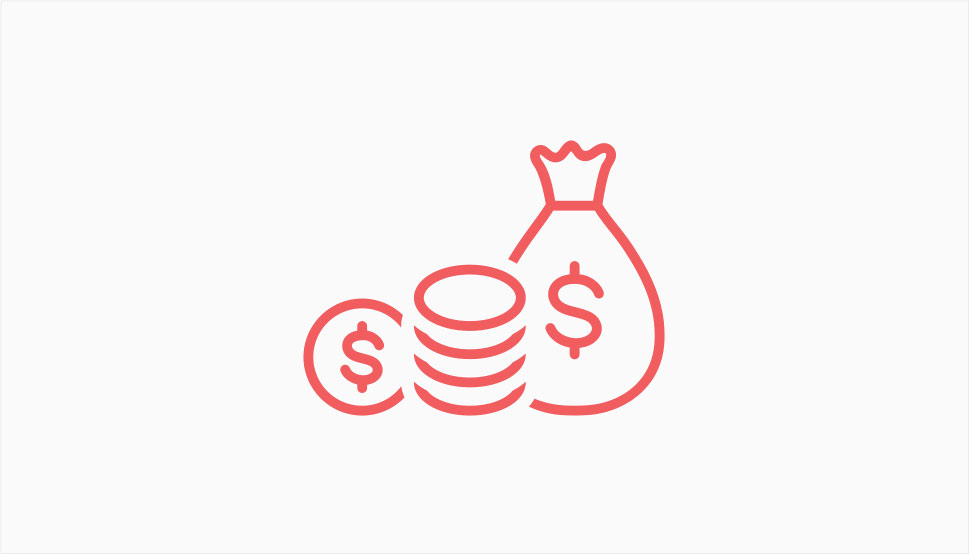
There are a couple of different reasons why people might get into NFTs, both as creators and buyers. For artists, NFTs are a great way to use cutting-edge technology to monetize their art. And when you think about how difficult it might be to monetize digital art, which is sometimes copyable with a click or two of a button, it becomes obvious why digital artists might seriously consider NFTs.
However, not all creators are artists. Neither Elon Musk nor Jack Dorsey have put up art for sale. Howard Davies-Carr, who filmed his son Harry biting his other son, Charlie, in a widely popular video that got its NFT and saw it sold, was making a home movie, not art. Still, those people managed to get hefty sums for NFTs of their digital assets. In the world of NFT, artistic qualities aren’t the only thing that matters.
Popularity, clout, and bragging rights matter, too. As does the ability of the NFT to increase in value with time. These are all reasons for people to start getting into NFTs as buyers and resellers. Just like cryptocurrencies are popular for investment and trading, so are NFTs. So much so that they’re getting new investment instruments that allow them to be sold as stocks using something called F-NFTs, or fractional NFTs. They also have that scarcity factor working for them.

When you have a WordPress website, you’ll have some great opportunities to play around with NFTs using some of the WordPress blockchain plugins. We’ve already mentioned that it’s possible to create your marketplace and mint NFTs on it – that’s what can happen when you have a WordPress website and choose the right plugins.
If you’re interested in experimenting with NFTs and WordPress, the plugins you might try include:
-
Kredeum NFTs – a WordPress plugin that lets you mint NFTs using the Polygon / Matic blockchain, store your files in a type of decentralized storage called IPFS that’s very popular with NFT creators, and add your NFTs to the OpenSea marketplace.
-
Cryptocurrency Product for WooCommerce – this plugin lets you sell cryptocurrencies as products in your WooCommerce store, and with an addon, it also lets you add ERC721 tokens – NFTs – to the store.
-
Tatum – Tatum also lets you create your very own NFT marketplace, where you can mint your tokens, generate wallets, and sell NFTs. You’ll need WooCommerce for it, though.
Keep in mind, when using these plugins, that they have a fairly narrow user base, and active installations that measure in hundreds, at best. It’s all still very far from mainstream, but that’s what might be a part of the appeal.
Let’s Wrap It Up!
Whether you’re a digital artist, a content creator, or someone looking to invest in the newest, most talked about type of digital token, NFTs are just the thing that might interest you. We’ve already seen incredibly expensive NFTs sold, and the number of NFT collectors is on the rise.
But NFTs won’t stop at artwork, probably. With tweets being sold and things like F-NFTs starting to pop up, it’s clear that this type of token is still evolving. Who knows what form it might take next. One thing’s for sure, though – someone will pay a lot of money to buy it.



